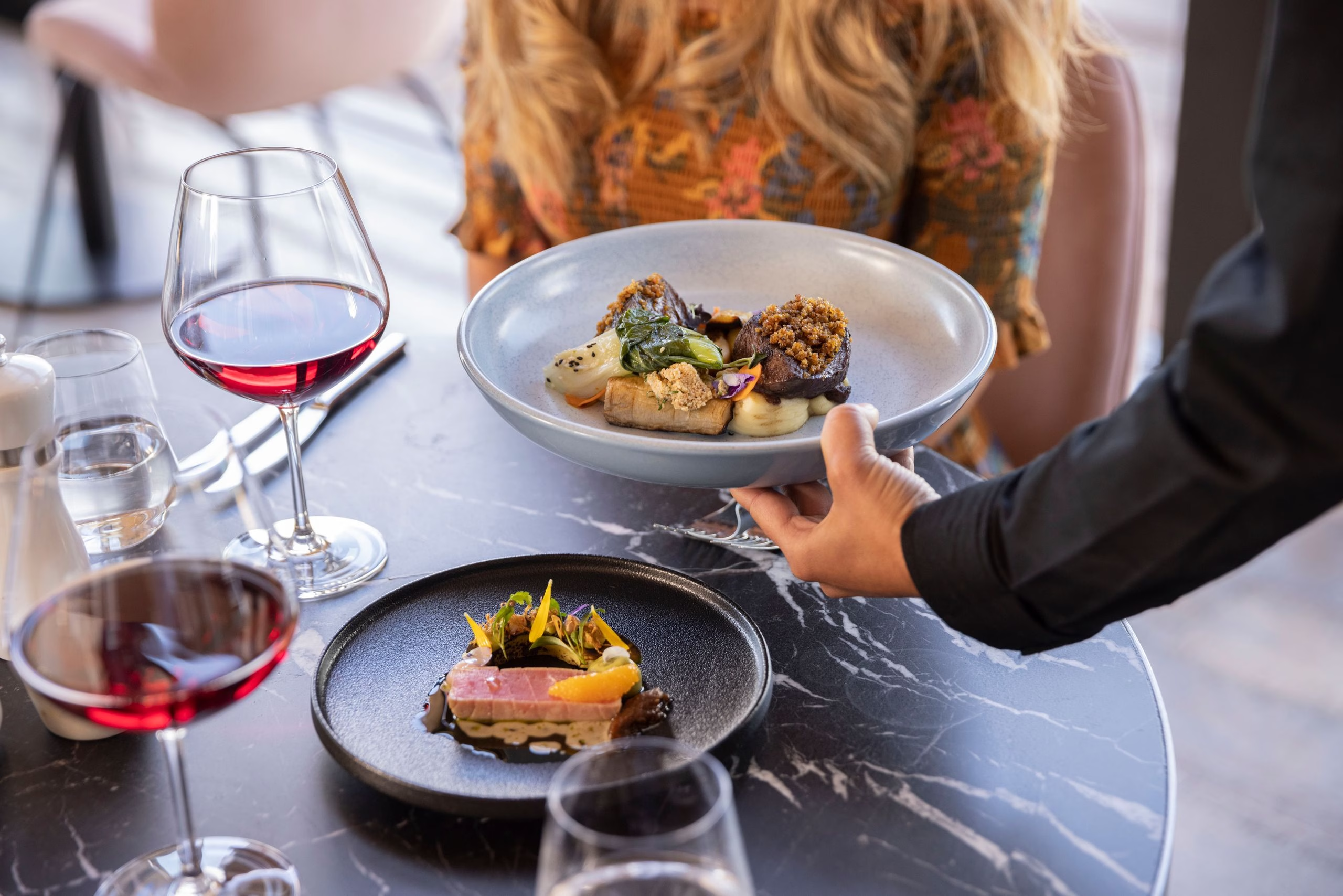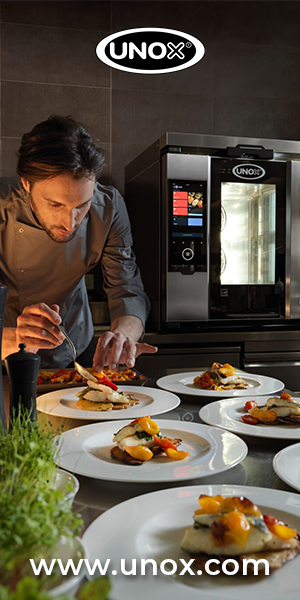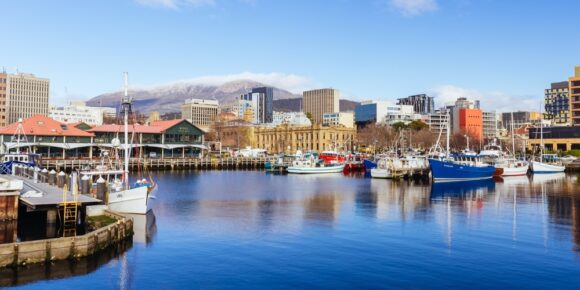The Michelin Guide is making its first foray into Oceania, announcing it will launch in New Zealand in mid-2026, covering four cities: Auckland, Wellington, Christchurch, and Queenstown.
The expansion marks a significant milestone for the Pacific region but leaves Australia notably absent after Tourism Australia declined to fund a similar deal.
Anonymous Michelin inspectors are already on the ground in New Zealand, dining incognito to identify the country’s best restaurants ahead of the inaugural edition’s unveiling next year.
“We are thrilled to bring the Michelin Guide to Aotearoa New Zealand for the very first time,” said Gwendal Poullennec, international director of the Michelin Guide. “The country offers a rich and diverse culinary landscape, shaped by its indigenous Māori heritage, Pacific influences, and a new generation of chefs who champion local produce with creativity and passion.”
René de Monchy, chief executive of Tourism New Zealand, added that the launch will be a proud moment: “The recognition not only celebrates our culinary excellence but also signals to the world that New Zealand is a must-visit destination. We warmly invite the world to come and experience it for themselves — to taste the flavours of this land and discover the stories behind every plate and pour.”
Australia skips its Michelin moment
As reported by the AFR, Michelin pitched Tourism Australia a deal that would have cost $40 million over five years, including national and state contributions and a seven-figure annual event budget, which the tourism group declined.
Tourism Australia maintains its response wasn’t a definitive rejection. The agency told the AFR its response “…wasn’t a flat no but rather a ‘not yet’, and that it is always open to ideas that promote Australia’s culinary offerings”.
A spokesperson for Trade and Tourism Minister Don Farrell told the AFR: “We will always seek to show off the best of what Australia has to offer in co-operation with our state and territory counterparts. And we are always open to hearing from industry on new and innovative ways to do so.”
Industry groups are less diplomatic about the missed opportunity.
“We believe it’s time the Michelin Guide comes to Australia, and we’re perplexed at the tourism and trade ministers’ reluctance to invest in it,” Wes Lambert, chief executive of the Australian Restaurant and Cafe Association, told the publication.
The Michelin Guide methodology
In New Zealand, the guide will apply its historic methodology, with anonymous inspectors evaluating restaurants based on five universal criteria: the quality of ingredients, mastery of cooking techniques, harmony of flavours, personality of the cuisine, and consistency both over time and across the menu.
A team of inspectors conduct evaluations objectively and independently, without influence from any third-party stakeholders or partners, ensuring that only outstanding dining establishments are recognised.
Restaurant reviews are conveyed through a system of distinctions, most famously the Michelin Stars.
One star is awarded to restaurants for ‘high-quality cooking that is worth a stop’, two stars for ‘excellent cooking that is worth a detour’, and three stars for ‘exceptional cuisine that is worth a special journey’.
Alongside these star ratings, the selection also includes the Bib Gourmand category, which recognises restaurants that offer good-quality food at moderate prices.
Michelin says this commitment to maintaining global standards ensures that a one-star restaurant in Auckland will meet the same expectations as celebrated venues in Paris or New York.







